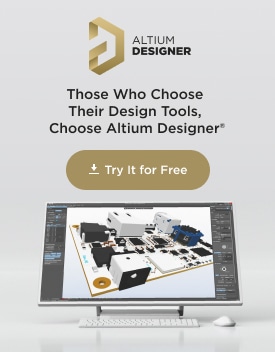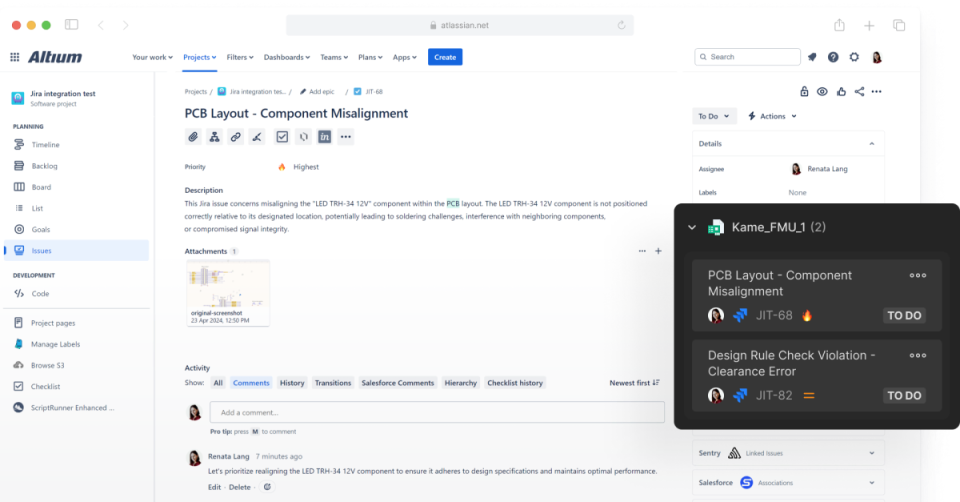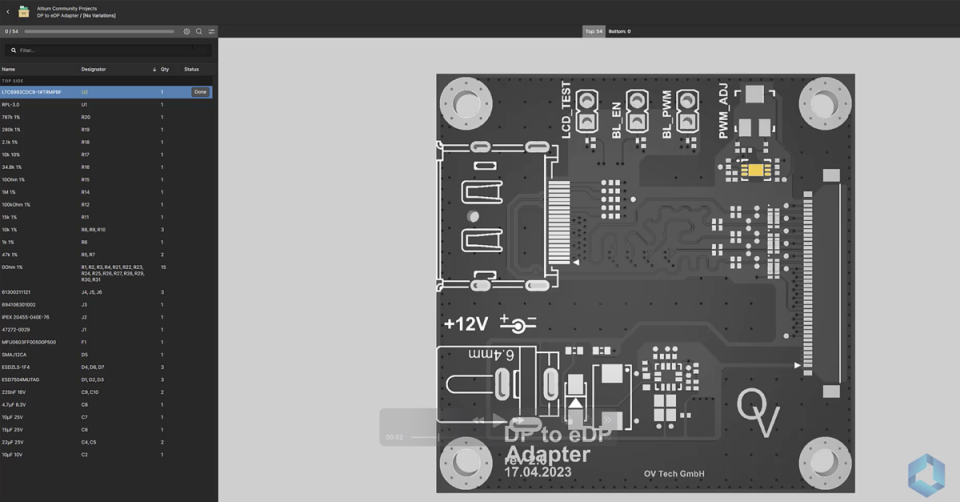PCB Design Outputs & Documentation
Make sure your manufacturer understands your design intent with complete and accurate design outputs and drawings. Browse our library of resources on documenting your PCB design to ensure defect-free manufacturing with high yield. Topics covered include creating your bill of materials, generating manufacturing data, and file formats.
On-Demand Webinars
Missed our live stream webinar? Watch all of Altium's on-demand webinars here.














